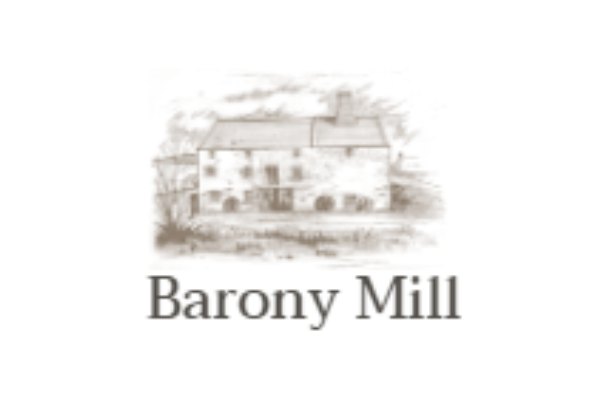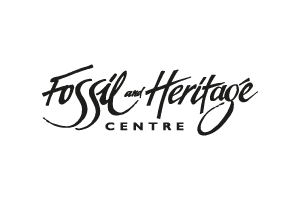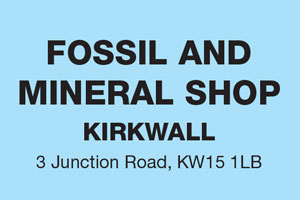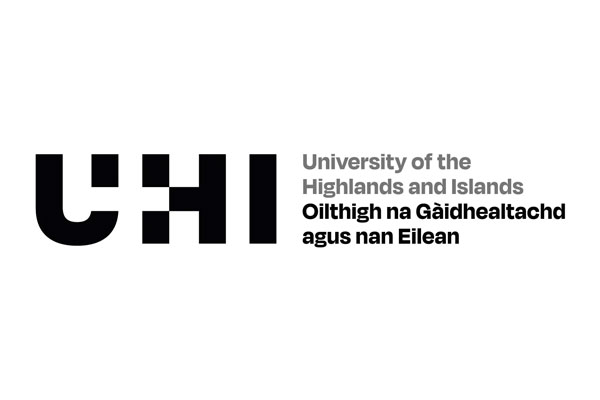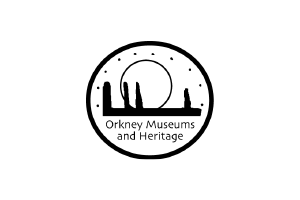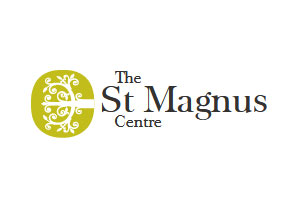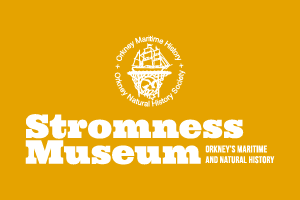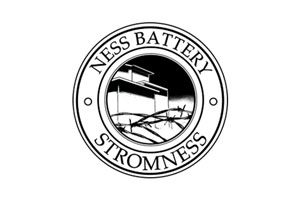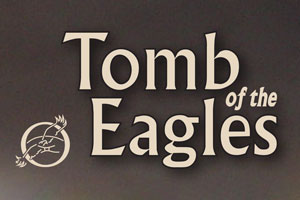 Competition
Competition
History, Archaeology & Folklore
From the Heart of Neolithic Orkney in the West Mainland, to the “Egypt of the North” that is Rousay — the islands are brimming with iconic archaeological sites.
Evidence of the past is simply everywhere, and excavation has continued over the years at a number of sites, including the Ness of Brodgar, and at the Links of Noltland in Westray.
The Ring of Brodgar — a giant stone circle — stands at the centre of a treasure trove of awe-inspiring sites, and four nearby towering megaliths form the Standing Stones of Stenness.
The Ness of Brodgar, nestled between the two sites, has been a hive of activity in the summer months for many years — but excavations took place for the last time in 2024, before the site was covered over. You can still visit, but you won’t find archaeologists at work in trenches. Now, finds collected across many years of excavations at the site will undergo extensive investigations in the laboratory. You can discover more about Orkney’s ancient past by visiting the Orkney Museum in Kirkwall, and the many other sites which make up the UNESCO Heart of Neolithic Orkney world heritage site in the West Mainland.
A must-see in this area is Skara Brae — Europe’s best preserved Neolithic village, and Maeshowe. This impressive chambered cairn and passage grave is home to one of the world’s largest collections of runic inscriptions.
The islands also played a proud and poignant role in the two major conflicts of the 20th century, and evidence of this is all around, from the wrecks of the scuttled German Fleet Ships in Scapa Flow to the Churchill Barriers and Italian Chapel, built by prisoners during the Second World War.
For in-depth information on many of Orkney’s historical sites, check out the 2025 edition of the Orkney Islander magazine.
